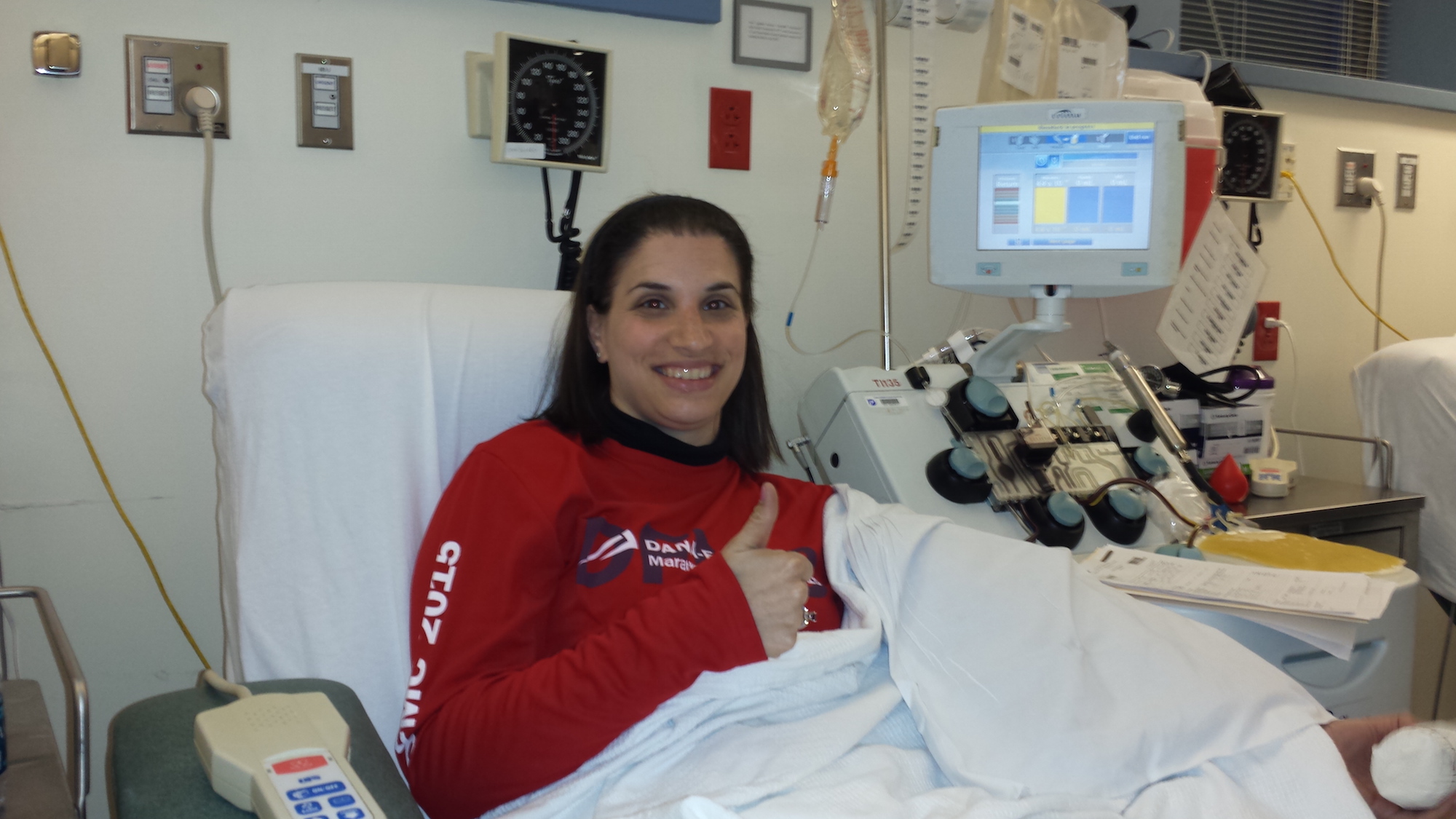Today I ran the Eastern States 20 Miler with my DFMC friend Sharon who ran from Hopkinton to Boston with me last year during the Boston Marathon. Today I got a personal record of 4 hours and 17 minutes which is 20 minutes off of my old time. I am pretty happy about this! This was my last long run before the Boston Marathon. What this means is…it is now taper time! Currently it is three weeks out from the marathon…
Tapering
Taper, or tapering, refers to the reduction of exercise before a competition or race. Tapering is believed to be essential for best performance and can take from as little to a week to two or three weeks.
Tapering for a Marathon
Three Weeks Out
Because the taper follows a fatigue-inducing period of high mileage, you’ll likely welcome these first days of cutting back. Reducing your total weekly volume by 20 to 25 percent during this week gives your body a chance to recover from all that hard work by restocking depleted glycogen supplies and repairing tissue damage. The combination of decreased mileage and increased rest can be invigorating—expect to feel excited, anxious, or both. Reduce the distance (or time) of each of your runs by 20 to 25 percent—so, for example, if you were running five miles during your shorter midweek runs, run four; if you ran 20 miles for the previous week’s long run, run 16. Perform most of your runs at an easy pace. Runners targeting a time goal should do three to five miles at goal pace during a long midweek run—key workouts like this will keep your body and mind tuned into race pace. Rest two days.
Two Weeks Out
During week two of your taper, you’ll reduce your mileage an additional 20 to 25 percent, which gives you plenty of free time to fret. Some runners tend to doubt their ability to finish their goal race during this time period but looking back at your training log can give you confidence in how far you’ve come in your training.
Reduce each of your weekly runs by an additional 20 to 25 percent. Run everything easy. If you’re targeting a time goal, do the following key workout during one of your longer midweek runs. Warm up for 10 to 15 minutes, then run one mile at 30 seconds faster than marathon race pace, followed by one mile at 30 seconds slower than race pace. Repeat two to four times. Rest two days.
Race Week
At this point, it’s all about staying rested and getting mentally prepared. This week, aim to sleep eight hours a night and stay off your feet as much as you can—reducing stress on your body will allow it to top off its glycogen and maintain adequate hydration levels. To combat nerves, schedule movie nights, start a new book, or visualize races you’ve enjoyed.
Reduce your running to just four days this week. New marathoners may run no more than three or four miles at a time, while advanced runners may do a couple of six-milers early in the week. A very light, race-pace workout early in the week can help you stay sharp. Run one to four miles at marathon pace with a one-mile warmup and cool down. First-timers looking to simply finish shouldn’t worry about a sharpening workout.












